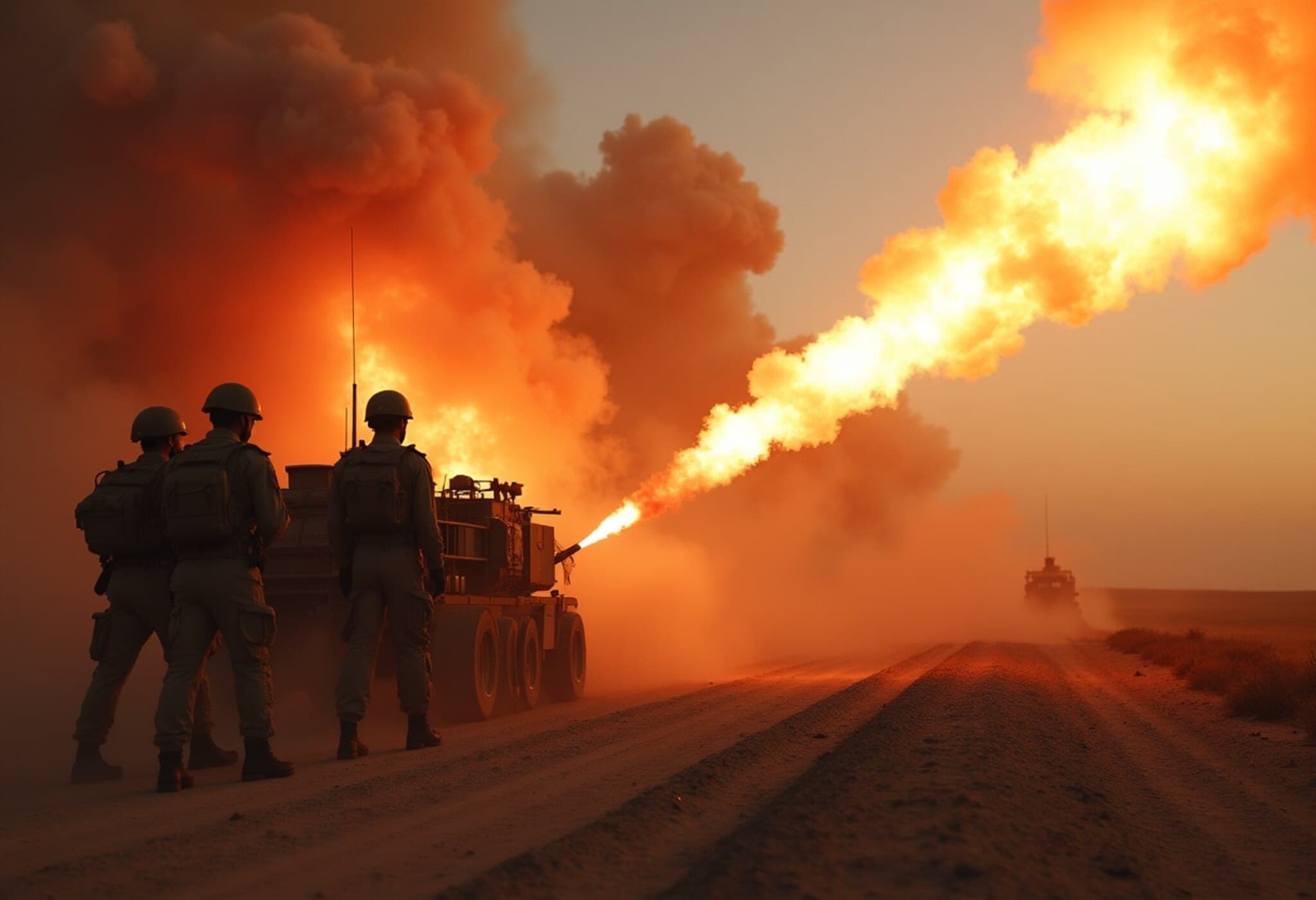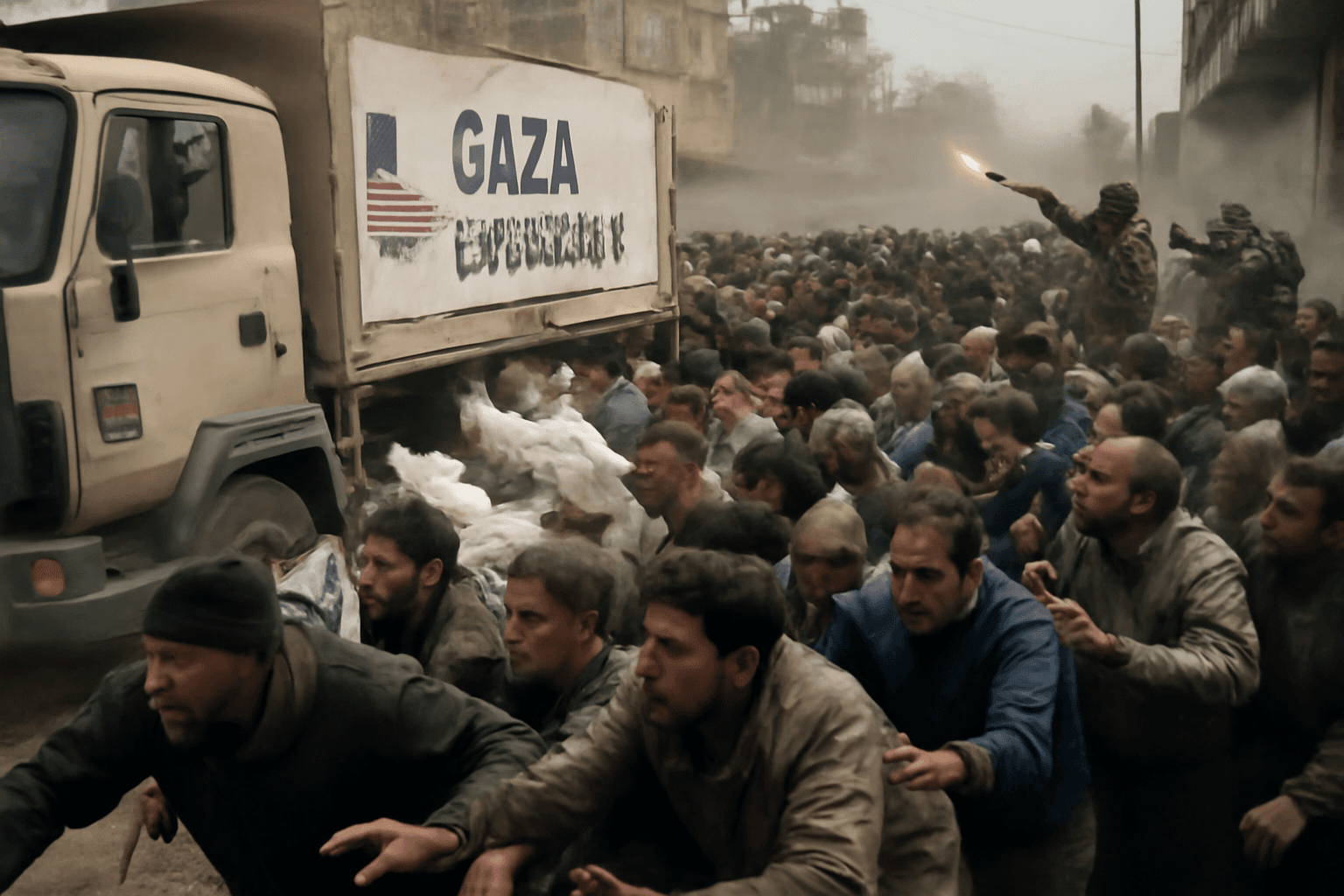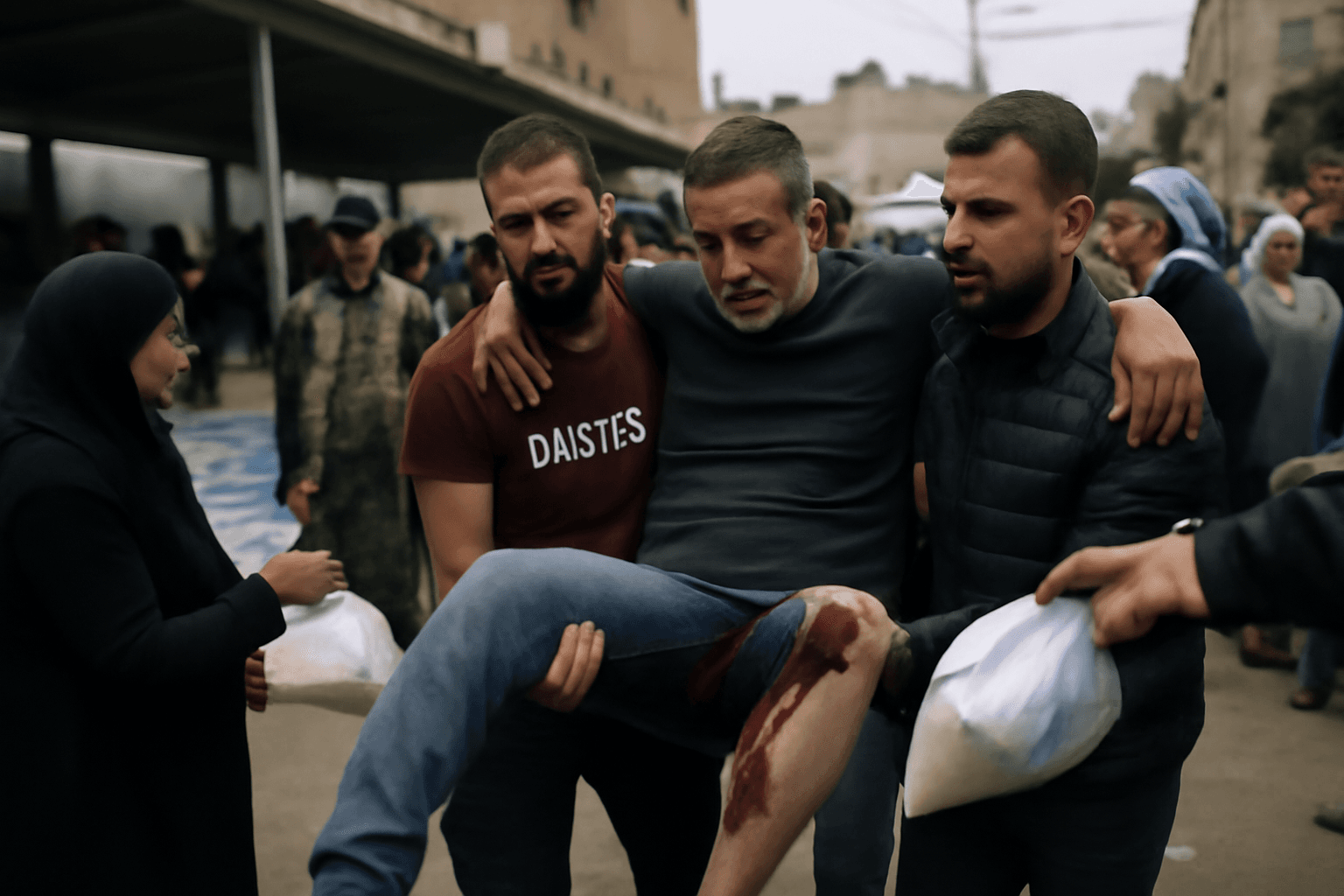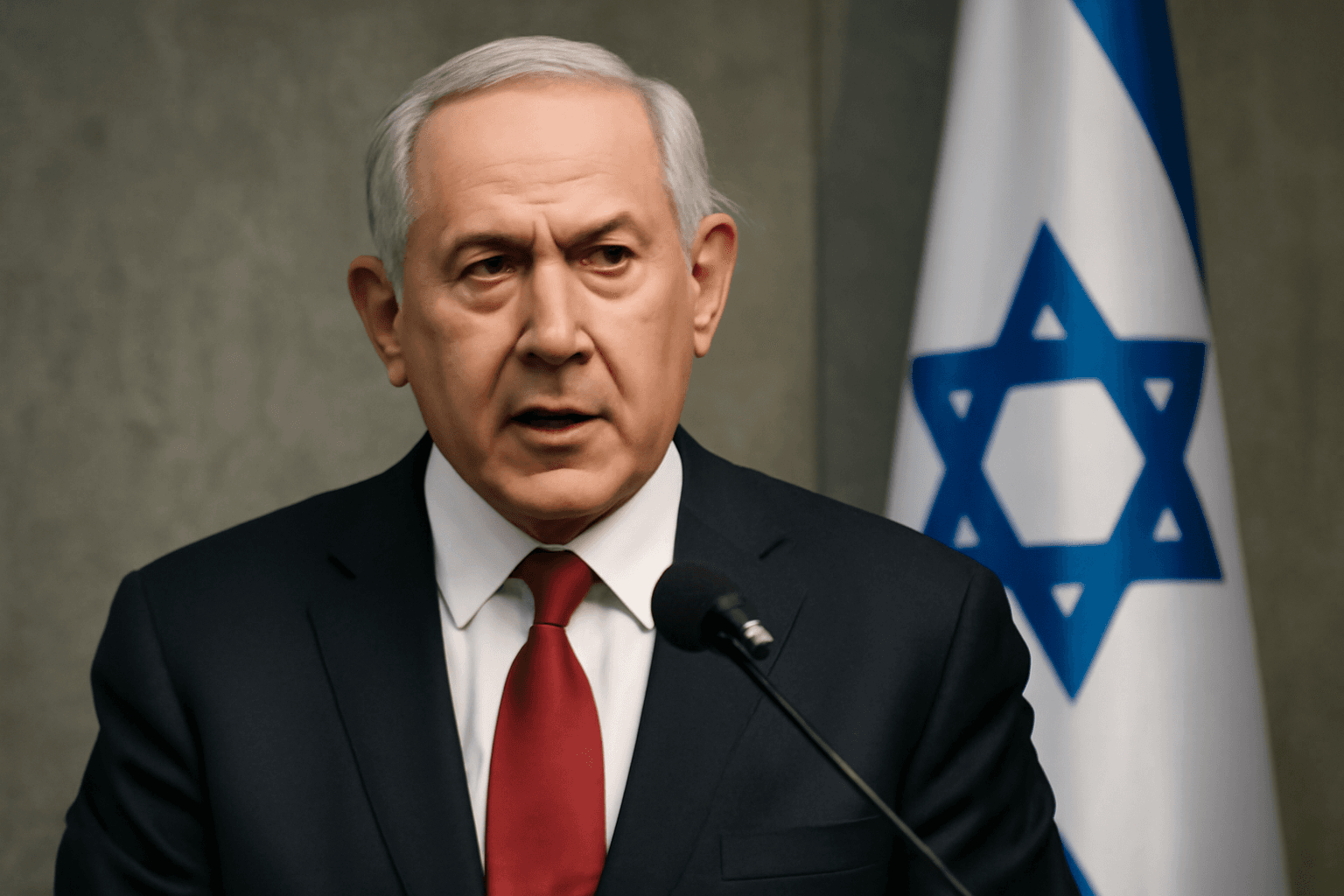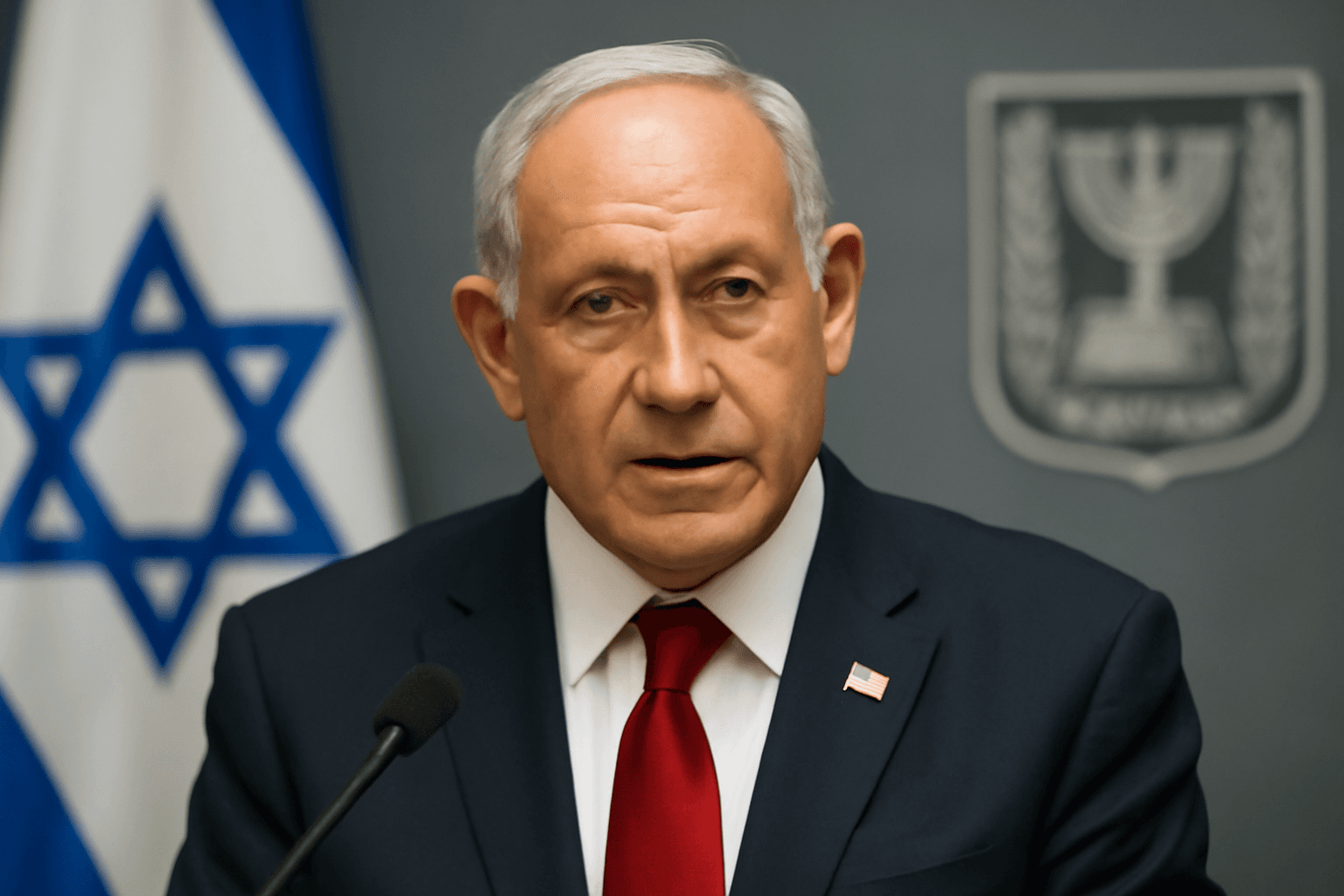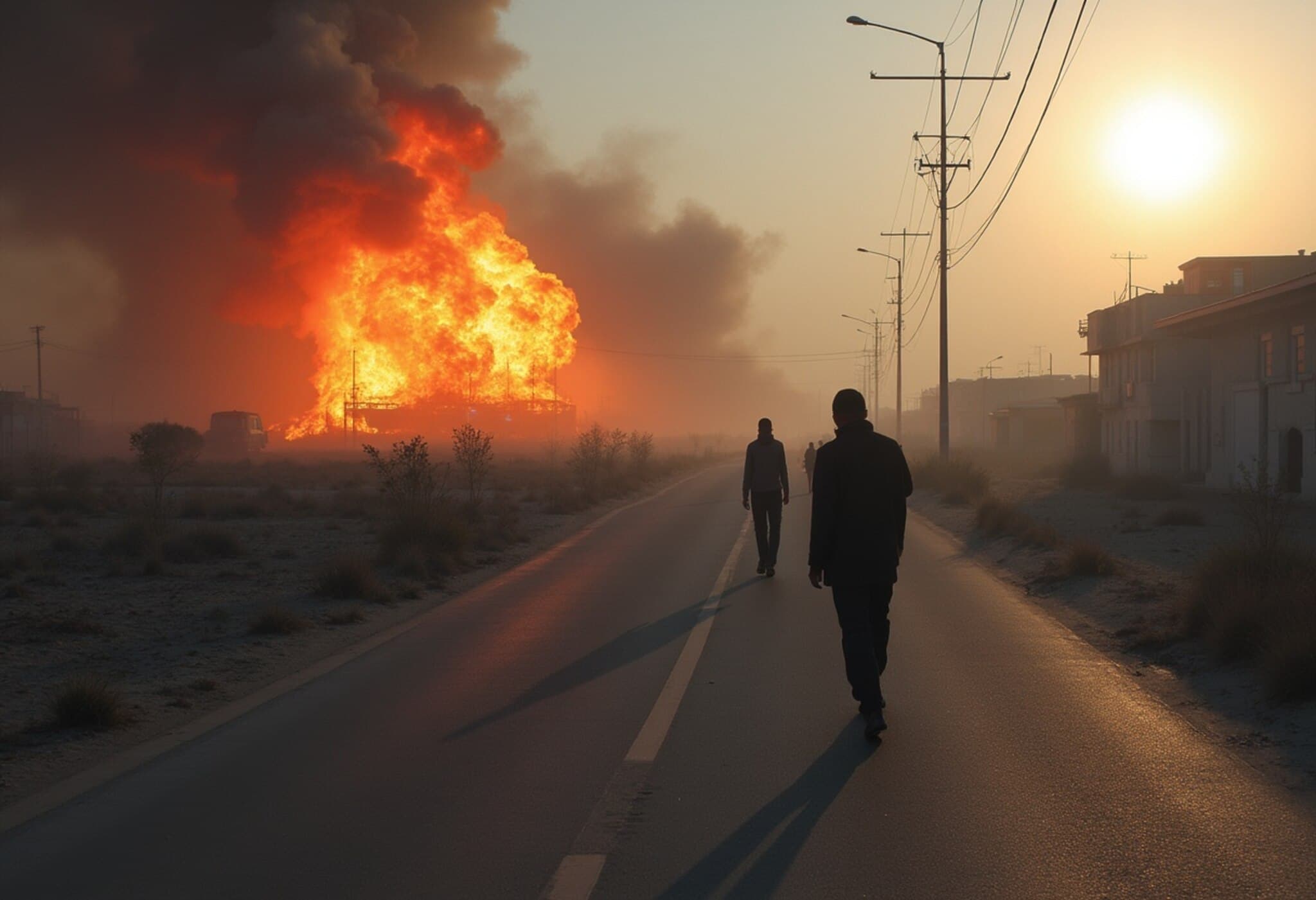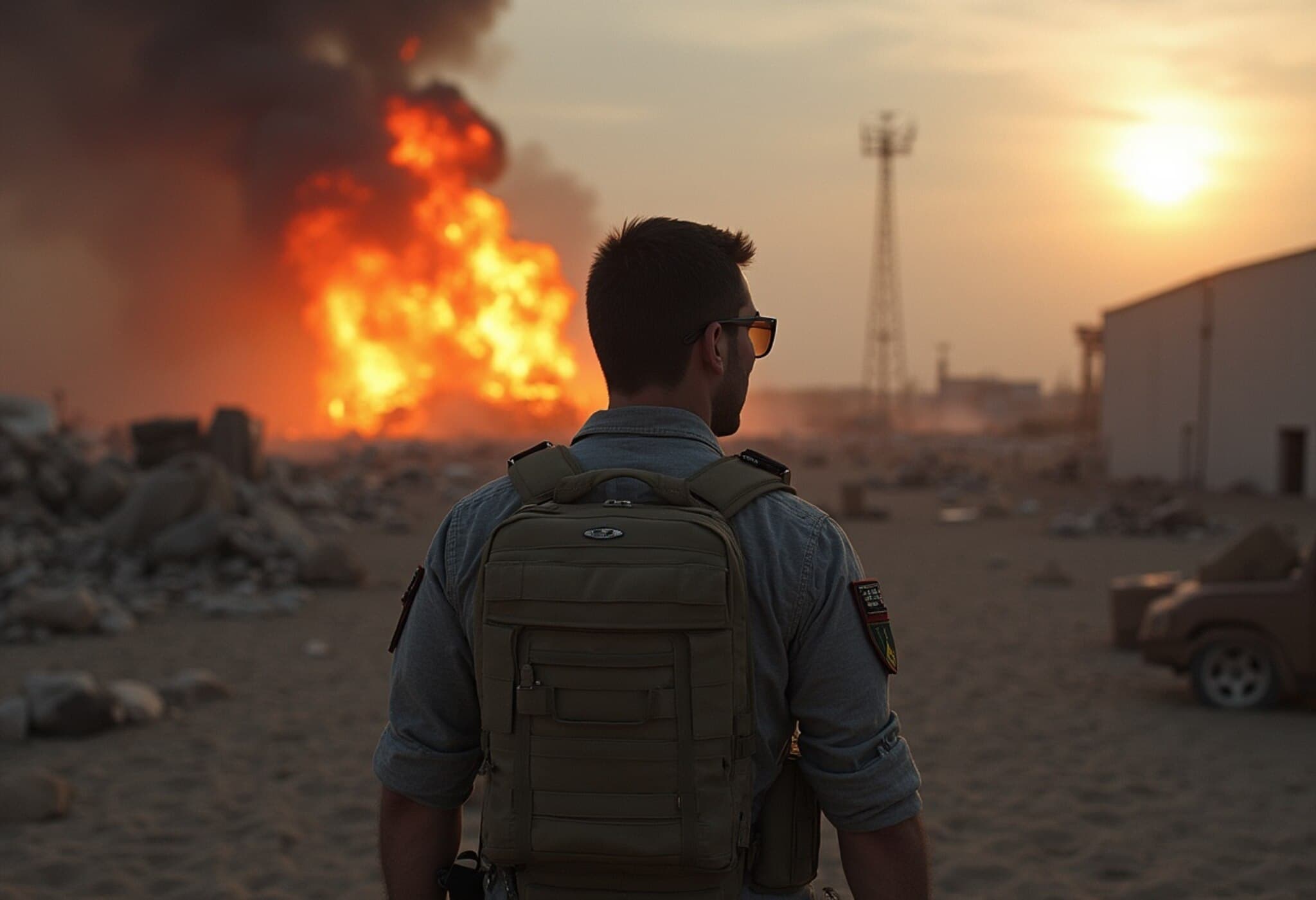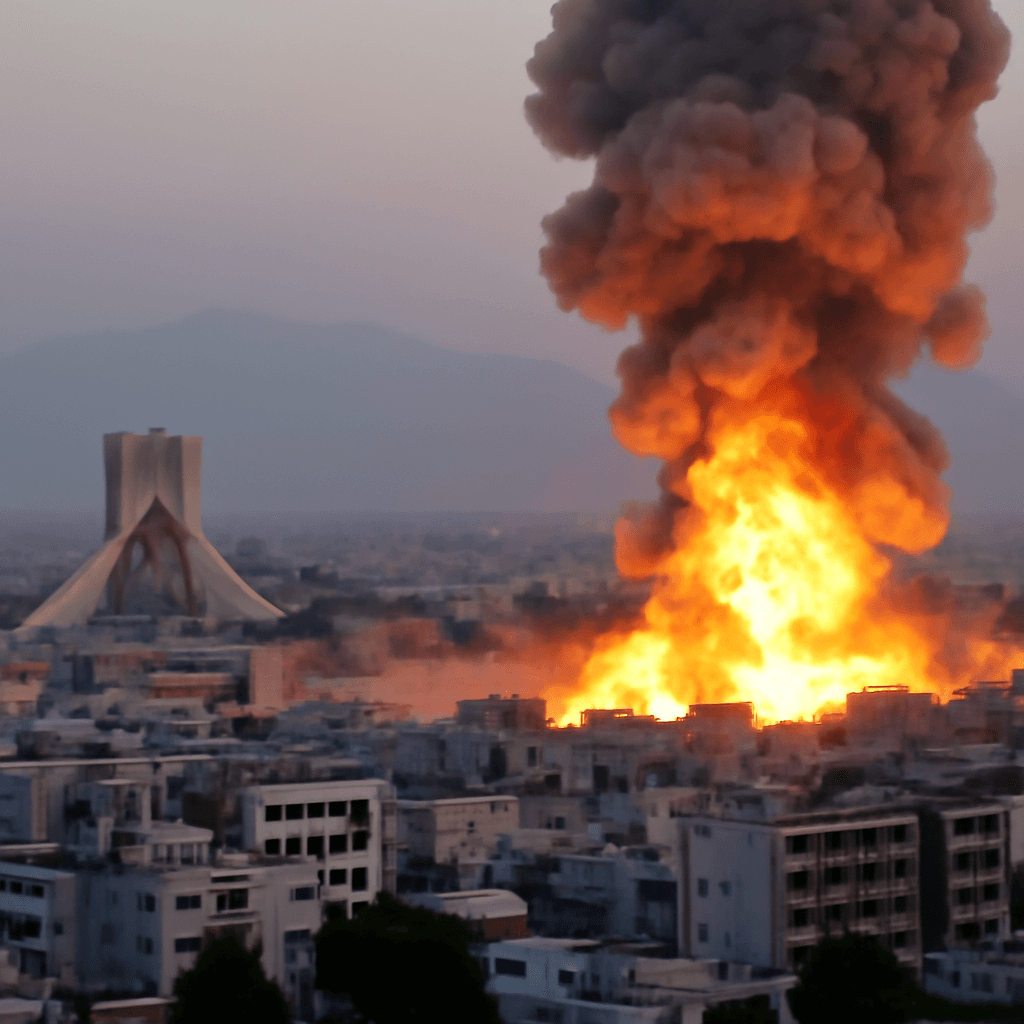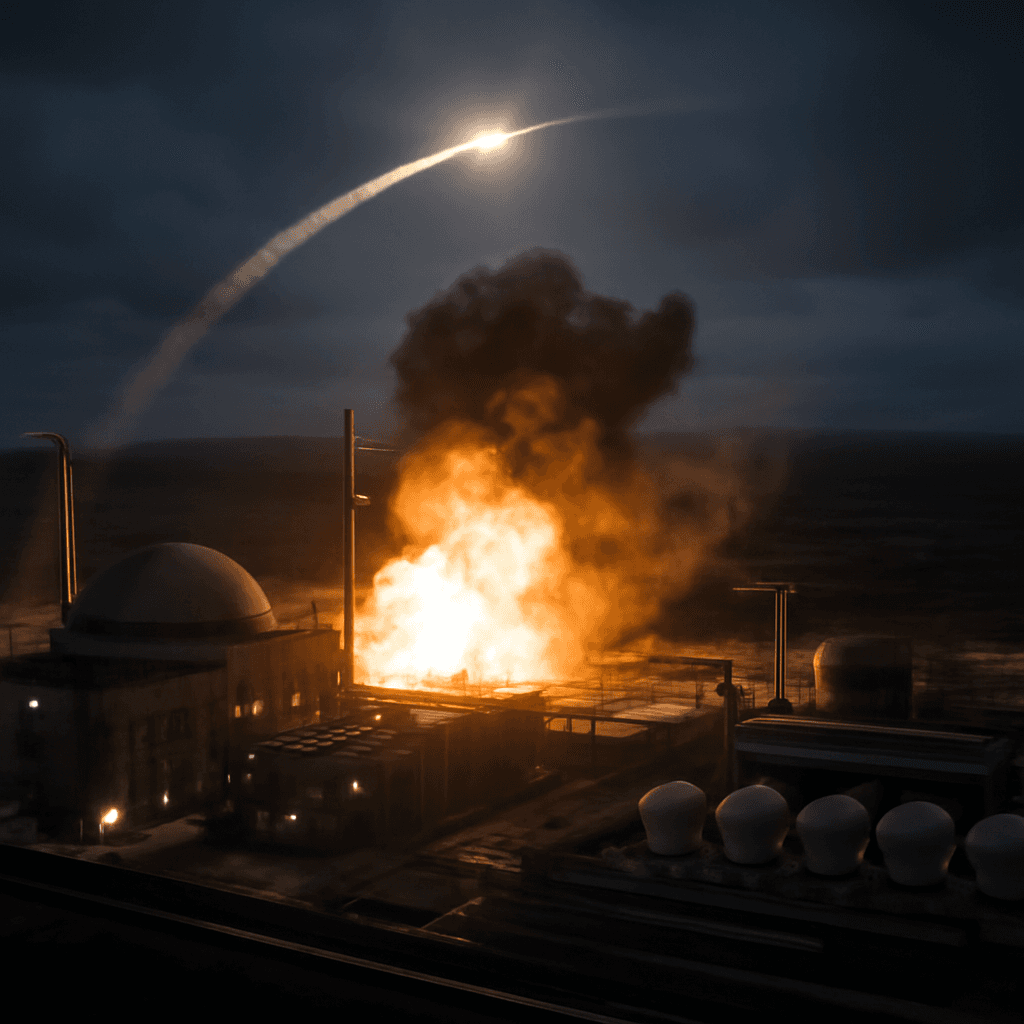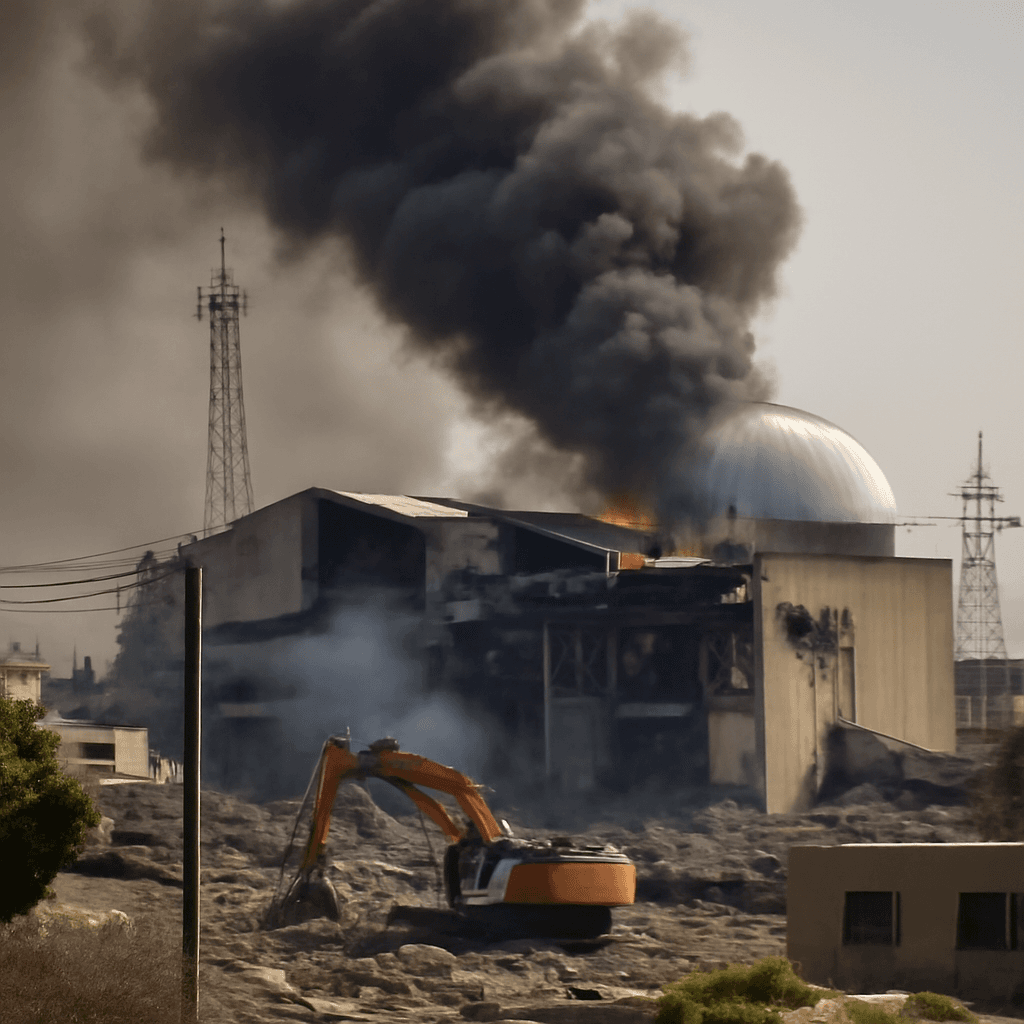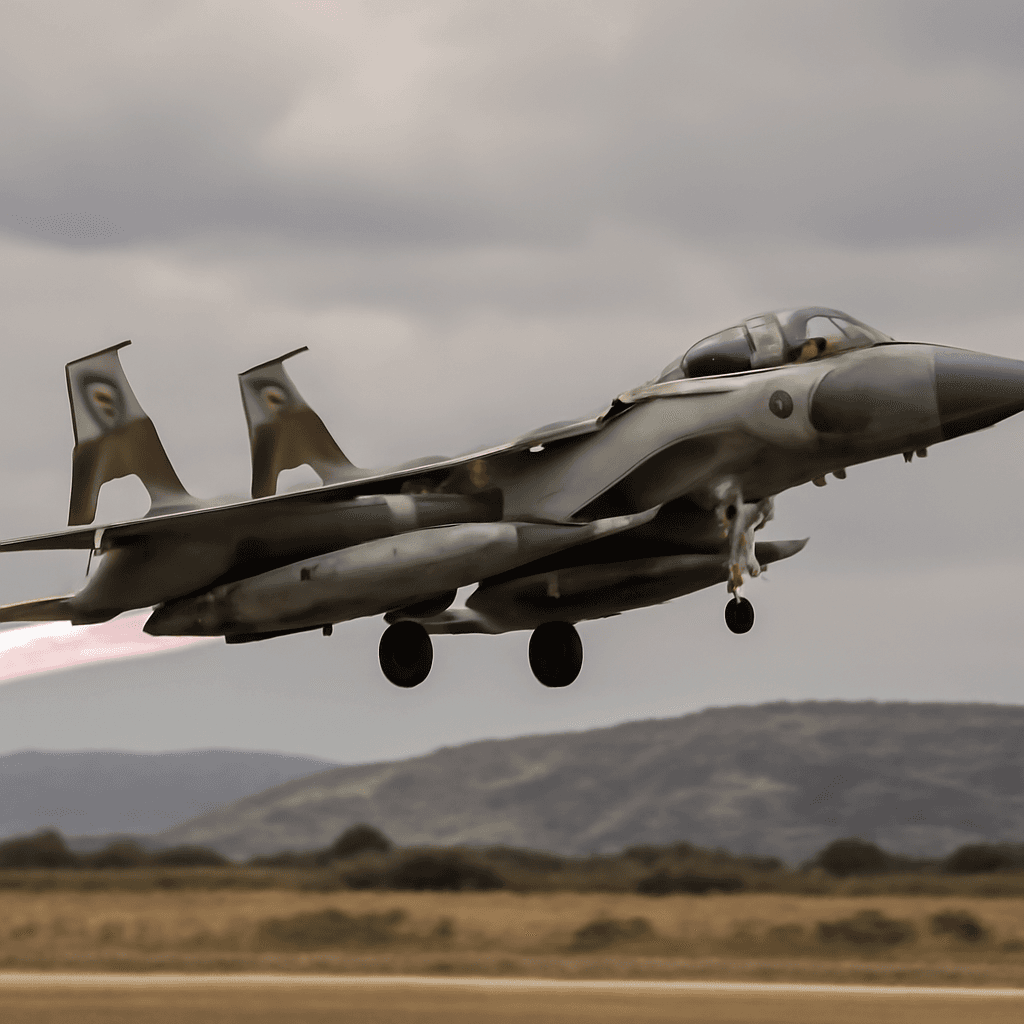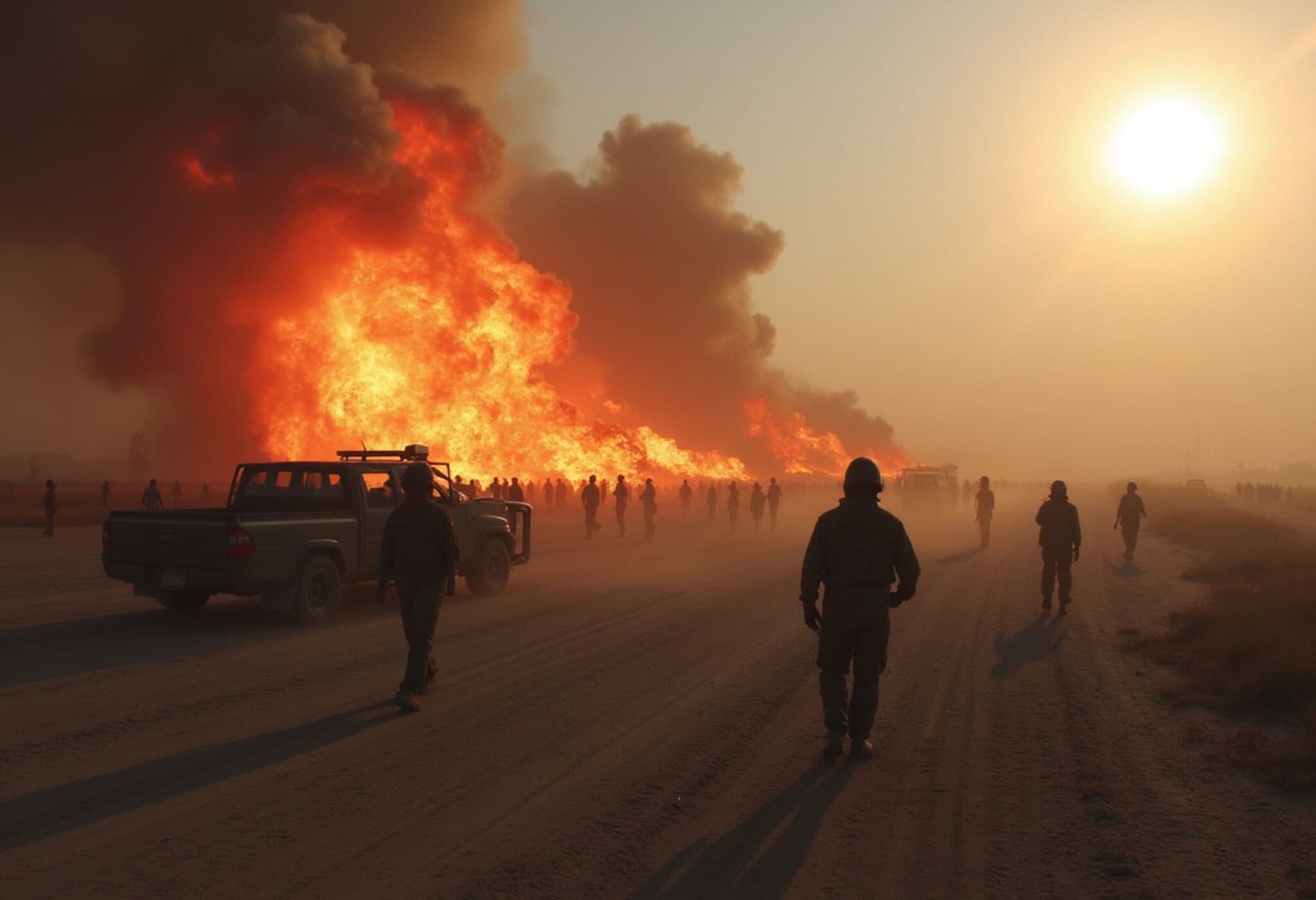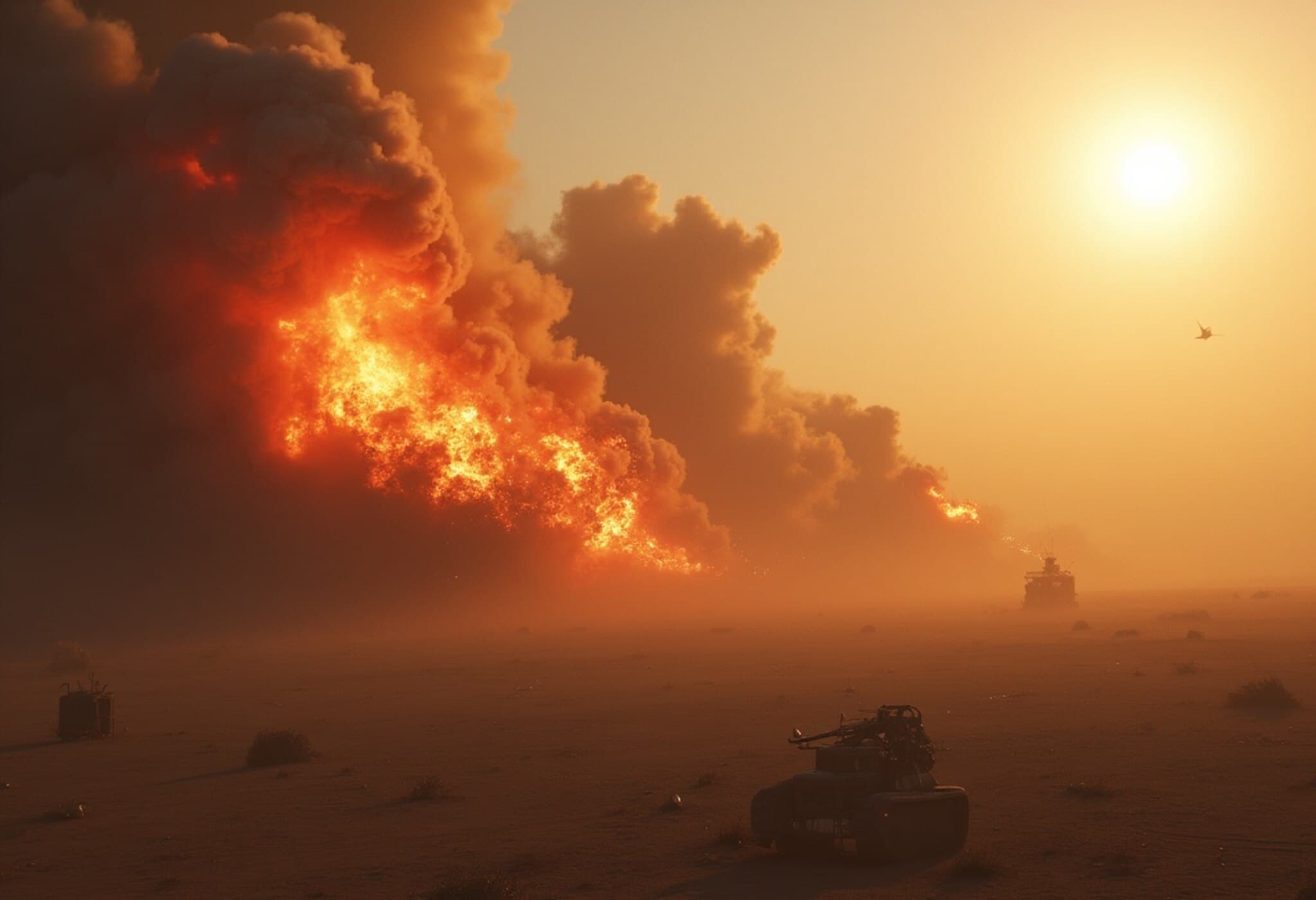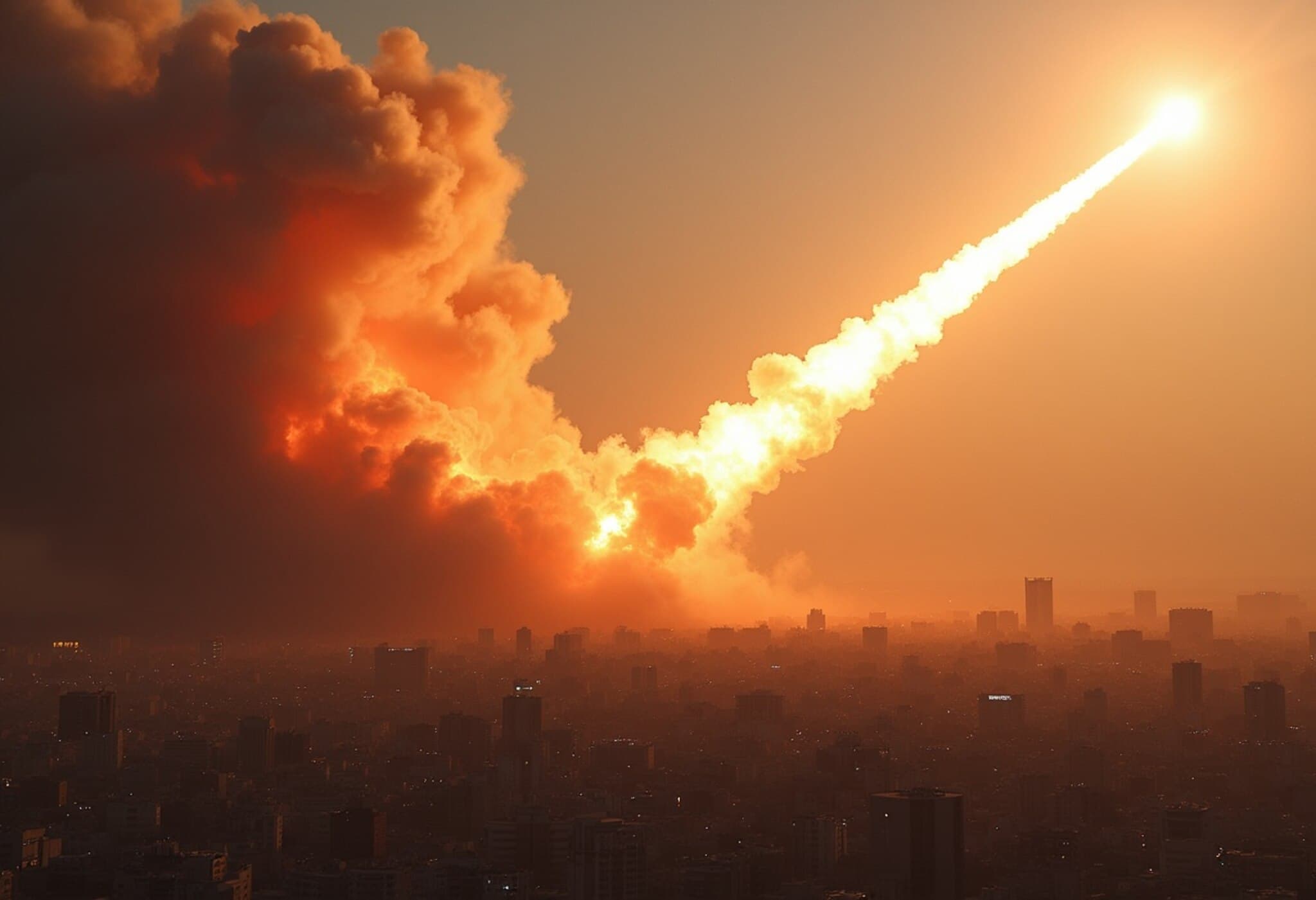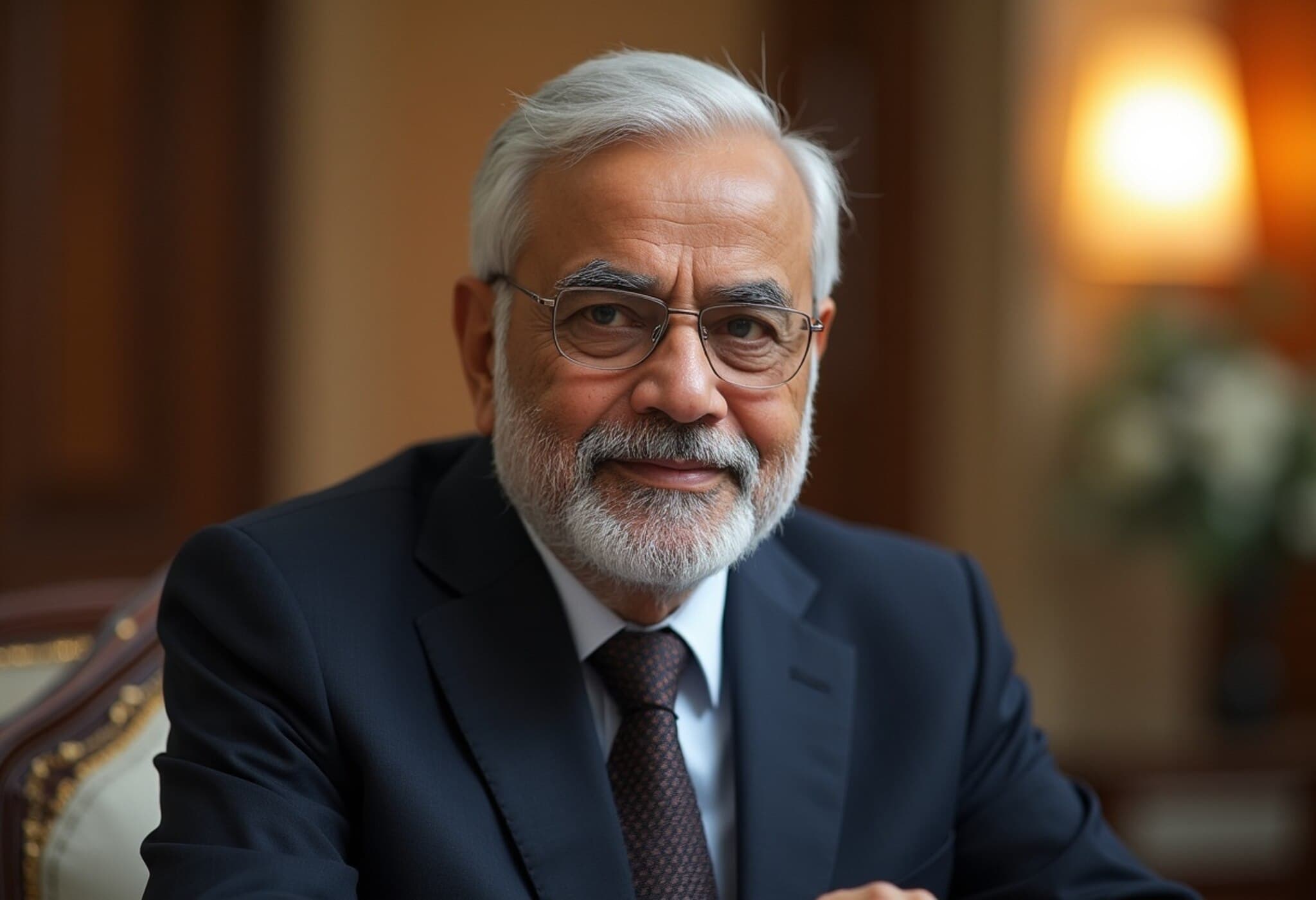Israel Launches Major Strikes on Iran’s Nuclear and Military Targets
In a bold and carefully coordinated operation, Israel unleashed a series of assaults against Iran’s nuclear infrastructure and top military leadership. Utilizing warplanes and covertly placed drones, the strikes targeted facilities critical to Tehran’s atomic ambitions, dealing significant damage and killing several key Iranian generals and scientists.
Missile Barrages Return Fire Across Israel
Late Friday night, sirens blared across Israeli cities as Iranian missiles retaliated, striking areas including the capital Jerusalem and Tel Aviv, where plumes of smoke rose following reported missile impacts. Remarkably, there were no immediate reports of casualties amid the exchange.
Supreme Leader Vows Strong Response
As Iranian missiles soared toward Israel, Ayatollah Ali Khamenei delivered a resolute message: the attacks marked the beginning of a wider conflict, and Israel would not evade accountability for what he described as a grave crime. He emphasized Iran’s preparedness for a counteroffensive to follow.
Scope and Impact of the Israeli Offensive
Israel deployed approximately 200 aircraft in the initial wave, striking around 100 targets. The surprise element was heightened by Mossad’s prior installation of explosive drones and precise weaponry inside Iranian borders, which disabled Iran’s air defenses and missile launchers near Tehran.
Key facilities hit include the main nuclear enrichment site at Natanz, where thick black smoke was visible, and a secondary enrichment plant in Fordo, roughly 100 kilometers from Tehran. Additionally, a research center in Isfahan suffered damage. Numerous radar and surface-to-air missile systems in western Iran were also destroyed.
According to Israeli military spokespeople, the Natanz plant sustained significant damage, marking a decisive blow in an operation expected to stretch over days, possibly up to two weeks, depending on Iran’s response.
Heavy Toll on Iran’s Military Leadership
Among the casualties were three of Iran’s highest-ranking military figures: Gen. Mohammad Bagheri, commander of the armed forces; Gen. Hossein Salami, chief of the Revolutionary Guard; and Gen. Amir Ali Hajizadeh, head of the Guard’s ballistic missile program. The loss of these senior officials further destabilizes Iran’s military command and complicates its potential retaliation efforts.
Regional and Global Reactions
Iran responded by launching over 100 drones toward Israel; although Israeli defenses intercepted most of them, it remained unclear if any penetrated Israeli airspace. Israel promptly mobilized reservists and reinforced positions along all potential fronts.
Meanwhile, the United States repositioned military assets in the region, including naval forces, preparing for possible escalations. US officials clarified that they were not involved in the Israeli strike and warned against retaliatory actions targeting American personnel or interests.
Regional powers condemned the attack, while global leaders urged calm to prevent further escalation.
Political Context and Domestic Implications
Israeli Prime Minister framed the operation as a necessary preemptive strike to thwart an imminent nuclear threat, underscoring that planning began months prior following heightened tensions with Iran’s regional proxies. The timing, originally slated for April, was delayed to ensure optimal readiness.
The move also serves to divert some attention from Israel’s prolonged and devastating conflict in Gaza, now entering its second year. Notably, even Israeli opposition leaders expressed support for the strikes, reflecting a broad consensus regarding Iran’s perceived threat. However, should retaliation result in heavy Israeli casualties or disrupt daily life substantially, public opinion could shift rapidly.
Broader Geopolitical Ramifications
The Iran-backed Hezbollah group condemned the airstrikes and mourned the fallen but stopped short of pledging active involvement, perhaps indicating a cautious approach following their recent ceasefire with Israel.
Supreme Leader Khamenei characterized the Israeli aerial assault as an egregious act of aggression, highlighting attacks on residential areas and vowing continued resistance. Conversely, Israel’s leadership appealed directly to the Iranian people, portraying the conflict as against a repressive regime, not the populace, and expressing hope for theocracy's eventual collapse.
International bodies, including the International Atomic Energy Agency, confirmed damage to Iran’s uranium enrichment facilities and are closely monitoring the situation for any nuclear safety risks.
Conclusion
Israel’s unprecedented strikes into Iranian territory mark a significant escalation in Middle Eastern tensions. With both nations poised for further actions, the coming days will be critical in determining whether diplomacy can reemerge or if the region will plunge deeper into conflict.

